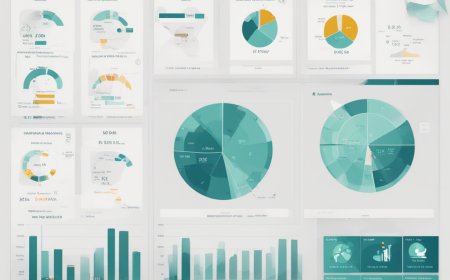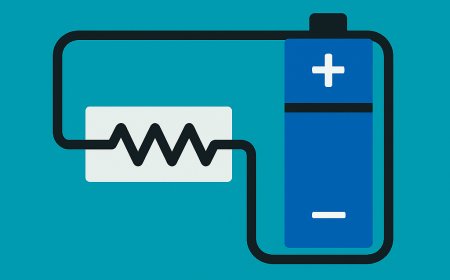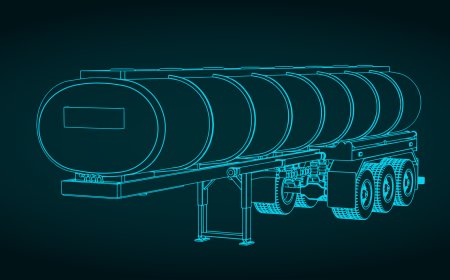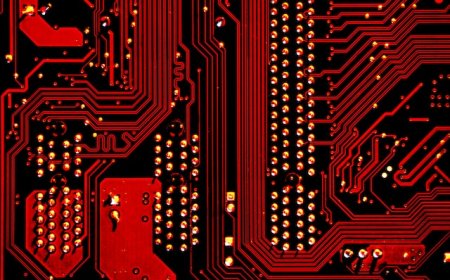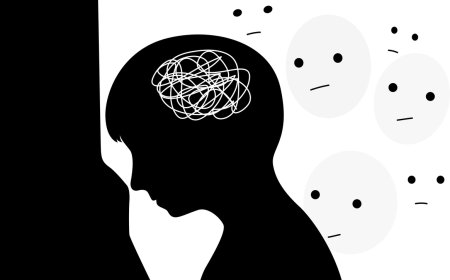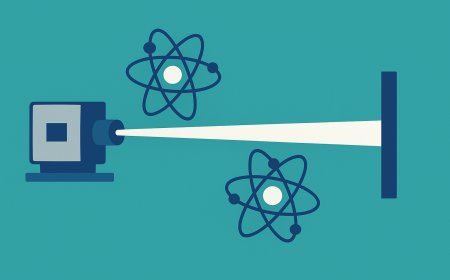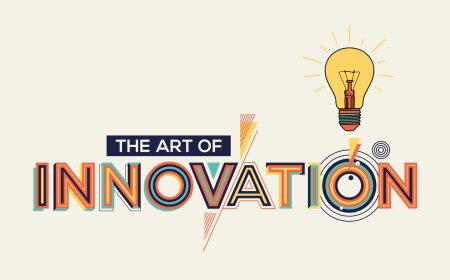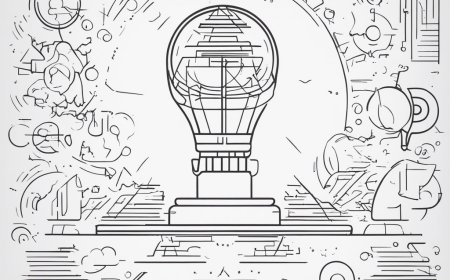Blockchain Explained: How Cryptographic Chains Build Trust Without a Central Authority
This article provides a clear, approachable explanation of blockchain technology. It explores how data is stored in cryptographically linked blocks, why decentralization makes tampering difficult, and how consensus mechanisms like proof‑of‑work and proof‑of‑stake keep participants honest. The explainer discusses applications beyond cryptocurrency and highlights the benefits and challenges of distributed ledgers.
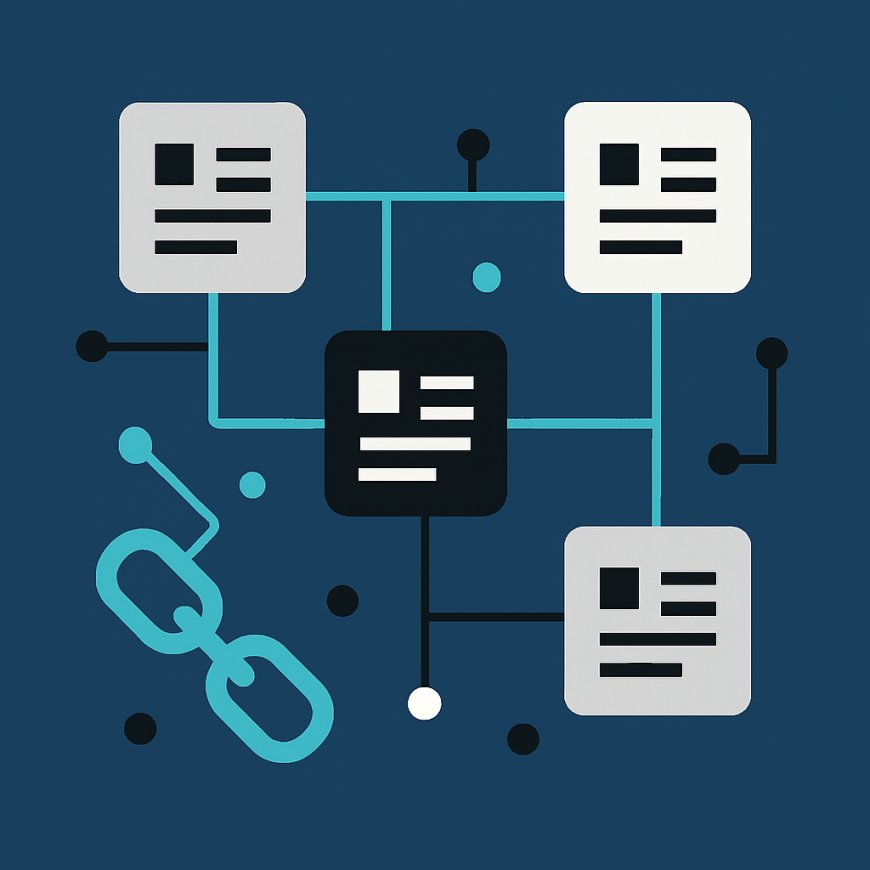
1. Introduction
The term blockchain is often used alongside buzzwords like cryptocurrency, Web 3.0, and decentralization. At its core, however, a blockchain is a data structure that allows a group of people—who do not fully trust each other—to share a ledger without a central authority.
-
Each participant keeps a copy of the ledger.
-
Cryptographic techniques ensure permanence.
-
Any cheating attempt is easily detectable.
This article explores:
-
How blockchains work
-
Why they are secure
-
Broader applications beyond digital currency
2. What is a Blockchain?
A blockchain is a decentralized digital ledger. Unlike traditional databases, its copies are stored across multiple computers (nodes).
-
Data is stored in blocks, linked together into a chain via cryptographic hashes.
-
Blocks are immutable—changing one requires altering all following blocks on all nodes.
Key Benefits
-
Tamper‑proof records
-
Transparency without trusted third parties
-
Use cases:
-
Supply-chain tracking
-
Digital identity
-
Land registries
-
Voting systems
-
3. How Blocks Are Built
Blockchain data structures differ from traditional systems. Here's how blocks are constructed:
-
Each block collects records (e.g., transactions, contracts) until full.
-
Data is passed through a cryptographic hash function:
-
Outputs a fixed-length string (hash)
-
Any data change causes a completely different hash
-
-
The resulting block hash is included in the next block.
This chaining:
-
Links blocks securely
-
Ensures tampering is detectable by invalidating later blocks
4. Consensus: Agreeing on the Truth
Blockchains are distributed, so nodes need to agree on the correct version. This is done via a consensus mechanism.
Proof-of-Work (PoW) — Used in Bitcoin
-
Miners solve puzzles to add blocks
-
First to solve gets rewarded (e.g., 6.25 BTC)
-
Requires high energy and computing power
-
Easy to verify, hard to cheat
Proof-of-Stake (PoS) — Used in Ethereum
-
Validators stake cryptocurrency as collateral
-
One is selected to propose the next block
-
Others attest to its validity
-
Dishonesty results in slashing the stake
-
More energy-efficient than PoW
Other Consensus Methods
-
Delegated Proof-of-Stake (DPoS)
-
Proof-of-Authority (PoA)
-
Proof-of-History (PoH)
Each differs in:
-
Security
-
Energy efficiency
-
Scalability
-
Level of decentralization
5. Security and Decentralization
Blockchain security relies on:
-
Cryptography
-
Game theory
-
Distributed architecture
Tamper Resistance
-
Each node holds a full ledger copy.
-
Attacks must control >50% of the network (51% attack)—highly expensive.
Transparency
-
In public blockchains (e.g., Bitcoin, Ethereum), all transactions are visible.
-
While addresses are pseudonymous, transactions are traceable.
-
Data encryption ensures only private key holders can access or transfer assets.
6. Beyond Cryptocurrencies
Blockchains go far beyond digital coins:
Smart Contracts (Introduced by Ethereum)
-
Programs that self-execute when certain conditions are met
-
Power DeFi, NFTs, and more
Other Applications
-
Supply-chain tracking (e.g., food, diamonds)
-
Digital identity management
-
Blockchain-based voting systems
Limitations
-
Slower than centralized systems
-
Potential exposure of business data
-
Requires secure coding and auditing
-
Governance disputes can slow innovation
7. Conclusion
Blockchains redefine how information is shared:
-
Data is stored in cryptographically linked blocks
-
Distributed across many nodes
-
Transparent, tamper‑resistant, and resilient
With consensus methods like PoW and PoS, participants can trust the system, not each other.
Despite challenges:
-
Energy consumption
-
Scalability
-
Governance
Blockchains have sparked a revolution in digital assets and lay the foundation for the decentralized technologies of the future.
What's Your Reaction?










